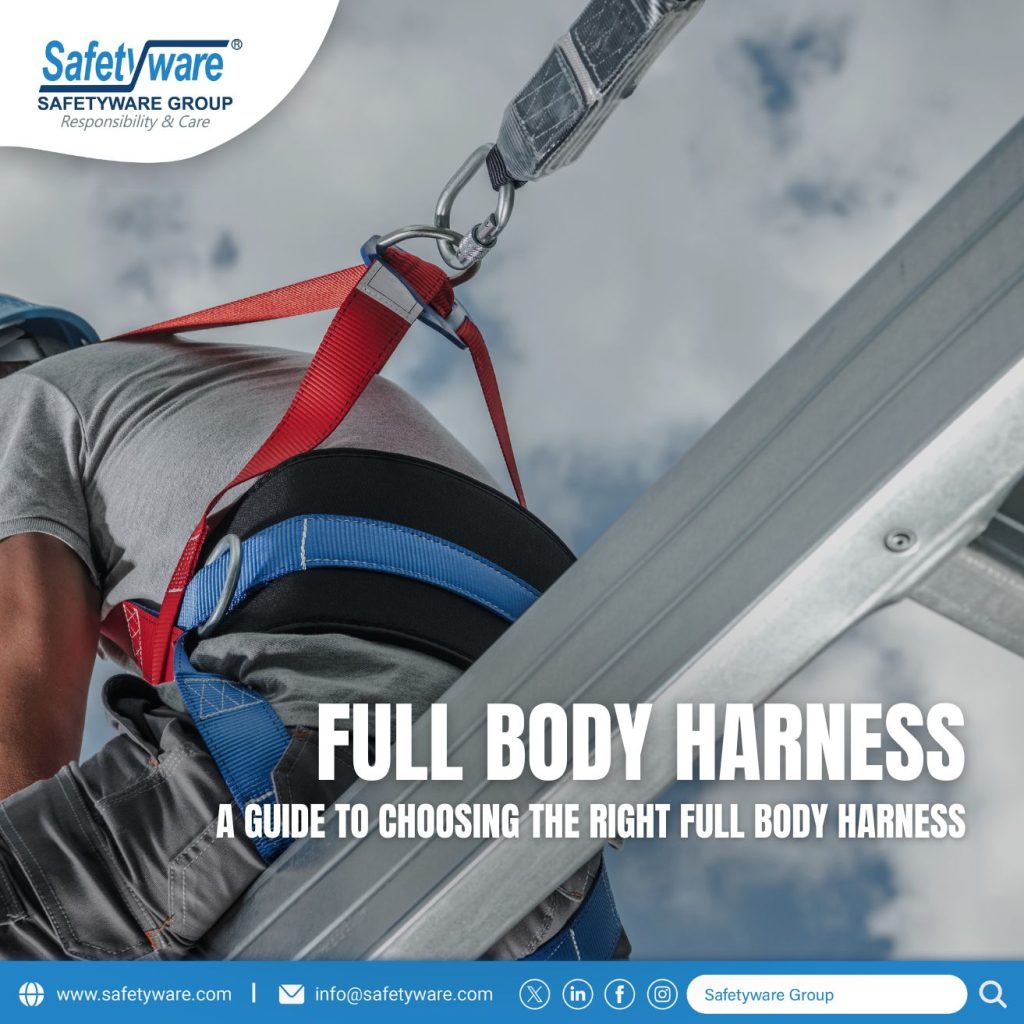When it comes to working at heights or in hazardous environments, a full body harness is a critical piece of personal protective equipment (PPE) that can mean the difference between safety and serious injury. Selecting the right full body harness is essential to ensure proper protection and comfort for workers. In this blog post, we will explore the key factors to consider when choosing a full body harness, guiding you through the selection process to prioritize safety and efficiency in the workplace.

Understanding the Importance of Full Body Harnesses
Full body harnesses are designed to distribute the force of a fall across the body, reducing the risk of injury in the event of a fall from height. These harnesses are essential for workers in industries such as construction, maintenance, and utilities, where working at elevation is a common practice. By selecting the appropriate full body harness, employers can ensure the safety and well-being of their workers while complying with safety regulations.
Factors to Consider When Choosing a Full Body Harness
- Safety Standards Compliance: Ensure that the full body harness meets relevant safety standards such as ANSI (American National Standards Institute) or OSHA (Occupational Safety and Health Administration) requirements to guarantee its effectiveness in fall protection.
- Fit and Comfort: Select a harness that fits well and is comfortable for the wearer, as a properly fitted harness reduces the risk of discomfort, chafing, and fatigue during prolonged use.
- Adjustability: Look for a harness with multiple adjustment points to accommodate different body sizes and shapes, allowing for a customized fit for each worker.
- Attachment Points: Consider the number and placement of attachment points on the harness to ensure compatibility with fall protection systems, lanyards, and other equipment.
- Material and Durability: Choose a full body harness made from high-quality, durable materials such as nylon or polyester webbing that can withstand the rigors of daily use and provide long-lasting protection.
- Weight Capacity: Verify the weight capacity of the harness to ensure it can support the weight of the wearer and any additional tools or equipment being used.
- Additional Features: Evaluate any additional features such as padding, tool loops, or reflective strips that enhance comfort, functionality, and visibility in various work environments.
Conclusion: Prioritizing Safety with the Right Full Body Harness
In conclusion, selecting the right full body harness is crucial for ensuring the safety and protection of workers at height. By considering factors such as safety standards compliance, fit and comfort, adjustability, attachment points, material durability, weight capacity, and additional features, employers can choose a harness that meets the specific needs of their workforce and promotes a safe working environment. Prioritizing safety through the selection of the right full body harness not only safeguards workers but also demonstrates a commitment to workplace safety and well-being.
